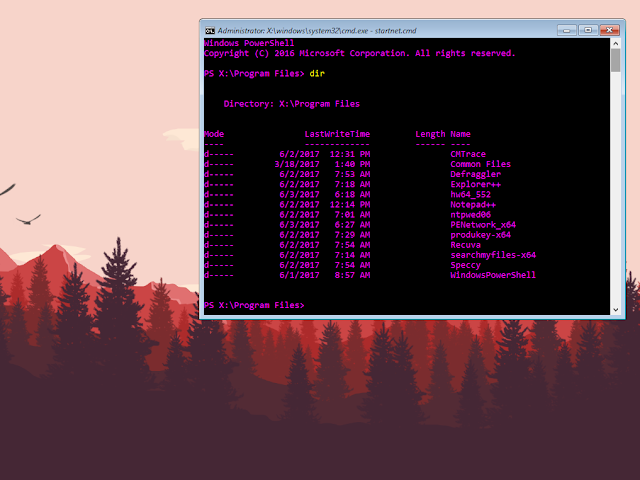Fatal error when trying to sysprep a machine

Weather you are using SCCM or another imagining method sysprep is almost always used when you capture an image. When you are using a old image you may run into an issue where the system has already reached its maximum amount of syspreps. In most cases I would recommend that you start from scratch and build a brand new image file, However rebuilding isn't always an option but fear not there is a way to reset your sysprep count on the image you are trying to capture. 1. Open regedit and navigate to: HKEY_LOCAL_MACHINE\SYSTEM\Setup\Status\SysprepStatus Change GeneralizationState to 7 You also want to check that CleanupState is set to 2 2. In regedit navigate to: HKEY_LOCAL MACHINE\Software\Microsoft\Windows NT\CurrentVersion\SoftwareProtectionPlatfor Change SkipRearm to 1 3. Navigate to C:\Windows\System32\sysprep now rename the Panther folder to Panther.OLD. you can delete this folder but I would not recommend it. 4. Reboot your system check the registry keys...

